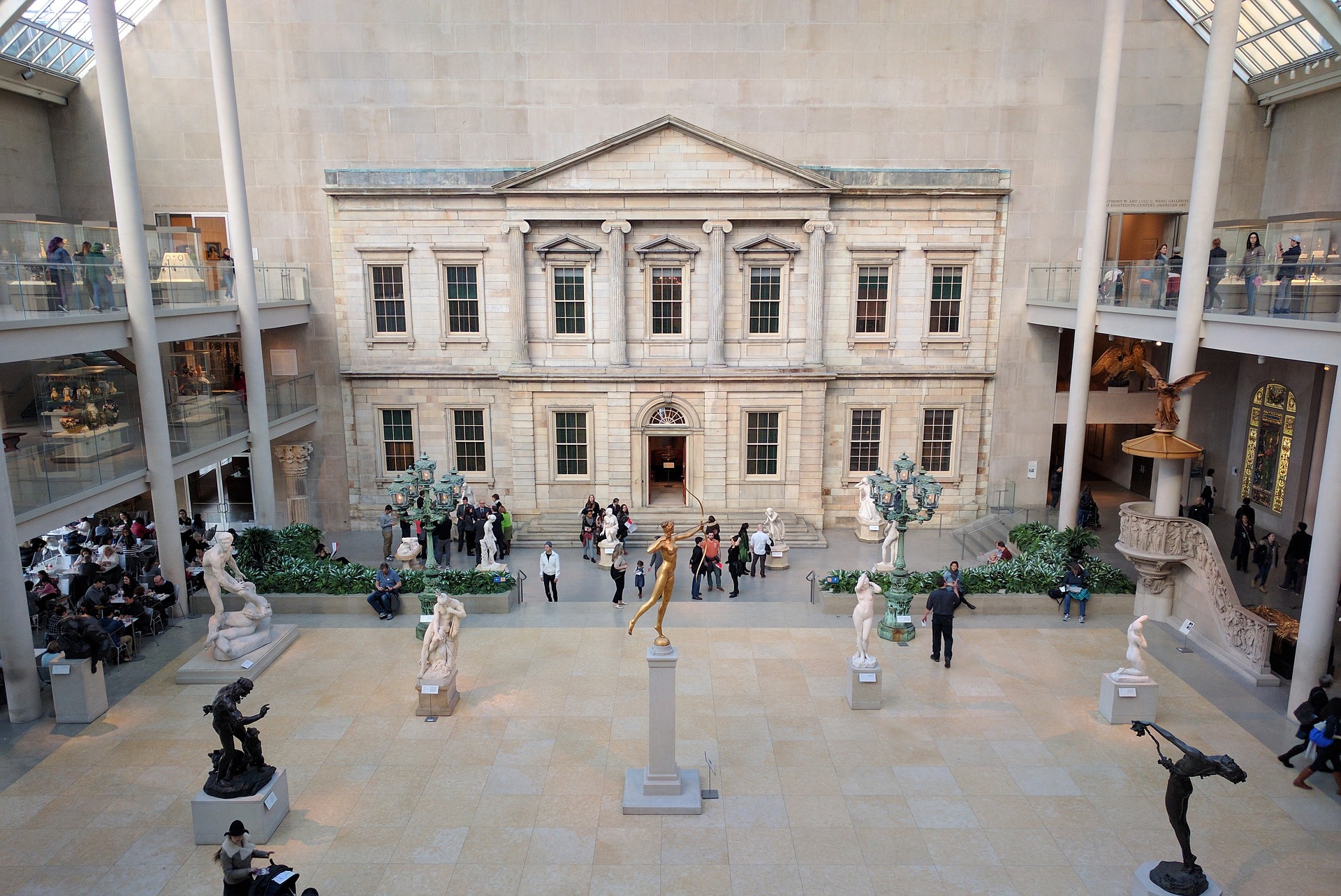Though its origins are shrouded in mystery, one legend proposes that this marvel was made after a relic of the Franciscan brother Diego de Alcalá miraculously cured the young Spanish prince Don Carlos.
The prince’s father, Philip II, vowed “a miracle for a miracle” and commissioned this automaton representing the monk, who was canonized as a saint (San Diego, namesake of the California city). The king’s comparison of clockwork to a miracle references the contest between human clockmakers and the divine, a popular concept in the Renaissance.
Sensitively carved and painted in human likeness, the monk figure walks slowly and steadily. He beats his chest in penitence and regularly lifts his left hand toward his lips. As shown in this video, the figure once wore the robes of a Franciscan friar and probably kissed a miniature cross on a rosary (now lost).
